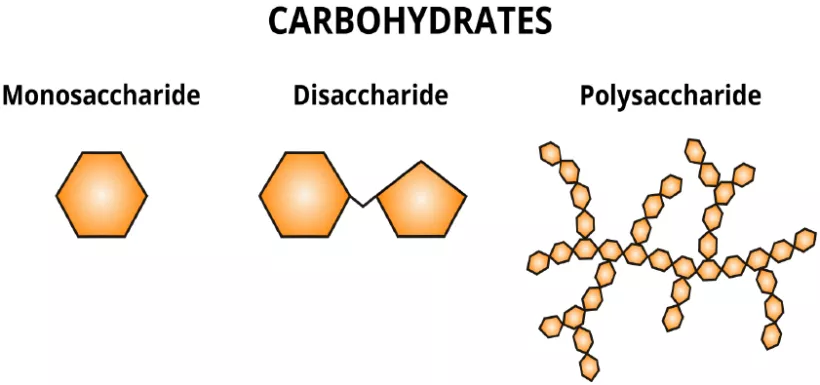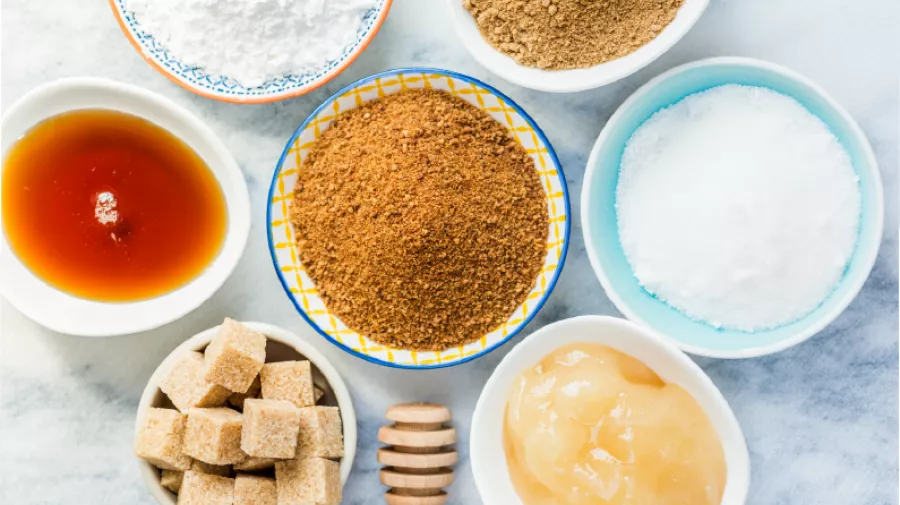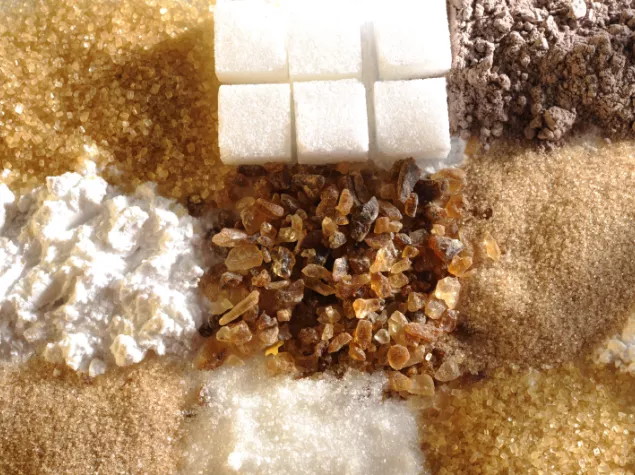
Digestion and absorption of carbohydrates
Dietary carbohydrates are one of the three main macronutrients, alongside proteins and fats. Macronutrients are the nutrients we need in larger quantities that provide us with energy and support the body's functions. Carbohydrates provide 4 kcal/gram, protein provides 4 kcal/gram, whilst fats provide 9 kcal/gram. Alcohol also provides energy in the diet, at 7 kcal/gram (1).
All carbohydrates are made from small building blocks called sugar units or monosaccharides. Carbohydrates are grouped based on their chemical structure and how they are digested and absorbed by the body. Carbohydrates include “simple” carbohydrates and “complex” carbohydrates.
There are two types of simple carbohydrates. Monosaccharides (mono- = “one”; sacchar- = “sugar”) are the simplest sugars. They include glucose and fructose, which can be found in fruits, vegetables and honey, and galactose which can be found in dairy products. Disaccharides (di- = “two”) are composed of two monosaccharides and include sucrose, lactose, and maltose. Sucrose can be found in sugar beet, sugar cane and some fruits. Lactose is mainly found in dairy products such as cows’ milk, yogurt, and cheese. Maltose can be found in grains and wheat.
Complex carbohydrates are made up of longer chains of monosaccharides linked together to form oligosaccharides (3 – 9 monosaccharides) or polysaccharides (poly = “many”, > 9 monosaccharides). Starches are a group of complex carbohydrates which are found in a range of plant foods including grains like wheat, rice, barley, oats, rye, corn, and breads and potatoes. Dietary fibres are another group of complex carbohydrates found in plants that cannot be completely broken down by human digestive enzymes. These substances include waxes, lignin, beta-glucans, and some polysaccharides such as cellulose and pectin. Fibre can be found in grains, fruits, vegetables, beans and pulses.






